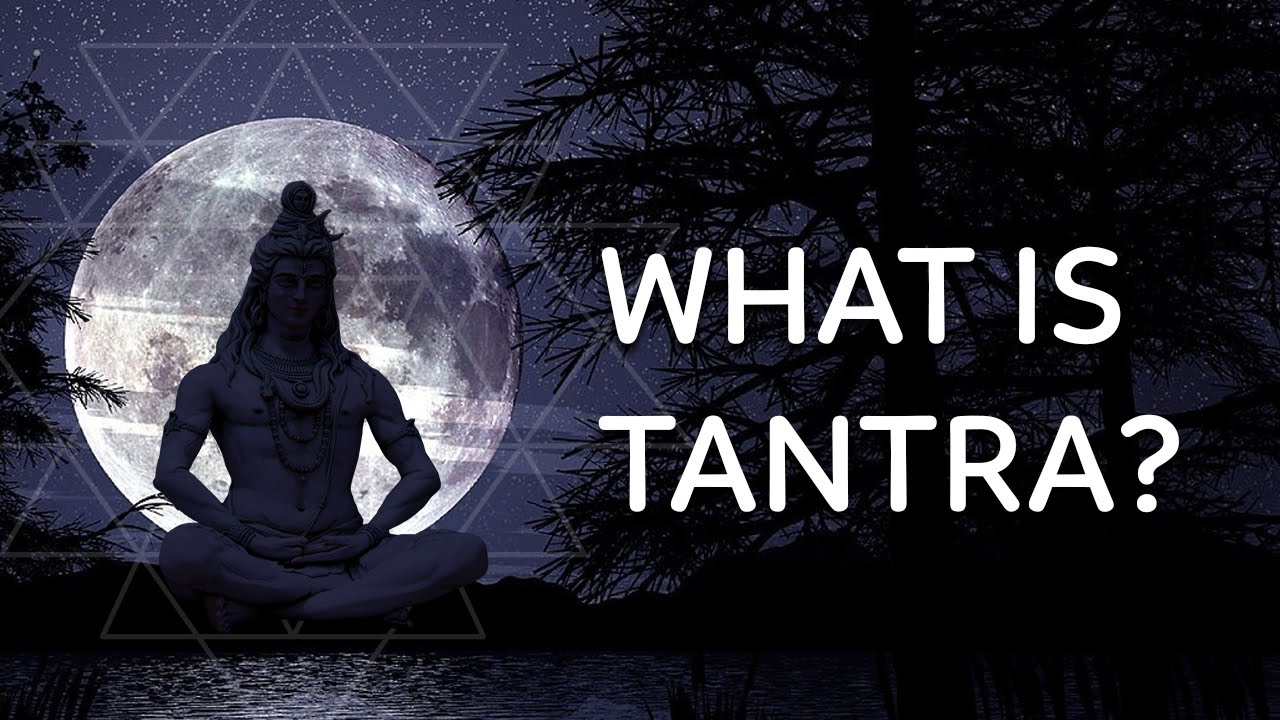What is Tantra?

The word “Tantra” originates from two Sanskrit roots: “tan,” meaning to expand or spread, and “tra,” meaning to protect or liberate. Hence, Tantra is a system that expands consciousness and liberates one from bondage. Since the tantric texts evolved over centuries, they are classified in many ways. Some include:
- Agamas: Agamas Texts in which Lord Shiva speaks to the Devi.
- Nigamas: Nigamas Texts in which the Devi speaks to Lord Shiva.
- Abheda (monistic): 64 texts known as Bhairava Tantras or Kashmir Shaivite Tantras.
- Bheda (dualistic): 10 texts known as Shiva Tantras.
- Shaiva Agamas: Traditions of Shiva followers.
- Shakta Agamas: Commonly known as Tantras, focused on the feminine principle.
Tantra encompasses two primary methodological frameworks: the right-hand path (Dakshinachara) and the left-hand path (Vamachara). These paths represent contrasting yet complementary approaches to transcending duality and achieving moksha (liberation).
Dakshinachara Tantra
Dakshinachara, derived from dakṣiṇa (south/right) and ācāra (conduct), adheres to orthodox Vedic norms and societal conventions. It emphasises purity, asceticism, and alignment with traditional Hindu practices like meditation, mantra repetition, and devotional worship.
Vamachara Tantra
Vamachara (vāma: left/unconventional) employs heterodox methods to challenge dualistic thinking. Central to this path are the Panchamakara (Five Ms): madya (wine), mamsa (meat), matsya (fish), mudra (parched grain), and maithuna (ritual union). These practices, often conducted in cremation grounds, aim to transmute base instincts into spiritual awakening by embracing taboo elements.
Das Mahavidyas
One of Sanatana Dharma’s greatest tantric offerings to the world is the Das Mahavidyas, which are not merely deities but embodied methodologies within Tantric Sadhana. Each goddess offers a unique vidya (wisdom) to navigate existence’s complexities, from material abundance (Kamala) to existential void (Dhumavati).
Tantric Experience of Ramkrishna Paramhansa
While most people see the tantric and Vedic paths as divergent, Sri Ramkrishna Paramhansa’s experiences help unify them. He completed all sixty-four kinds of Tantra practices with focused concentration and attained perfection. Ramkrishna Paramhansa was guided by Bhairavi Brahmani to do various Sadhana’s such as Shava Sadhana, Panchamakara Rituals, and Deity Emodiment, where he merged with Ma Kali’s fierce form through rituals at Dakshineswar’s Panchavati.
He then met his Advaita guru Totapuri, who recognised Ramakrishna’s readiness but identified a final barrier – attachment to Ma Kali’s form. He guided Sri Ramakrishna through a process to sever this attachment and attain Samadhi, after which he synthesised the Advaitic and Tantric truths.
Tantric Immanence: “The Mother is the Supreme Brahman – formless and with form.”
Vedantic Transcendence: “Brahman alone is real; the world is illusory.
Swami Sarvapriyananda of the Ramakrishna mission summarised it best when he said, “Advaita and Tantra merge in Ramakrishna’s experience – Shakti becomes the bridge to Nirguna Brahman.”